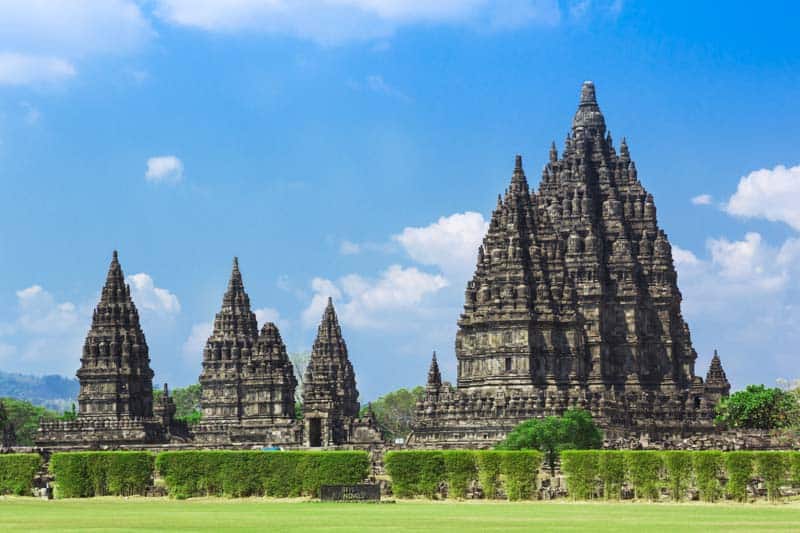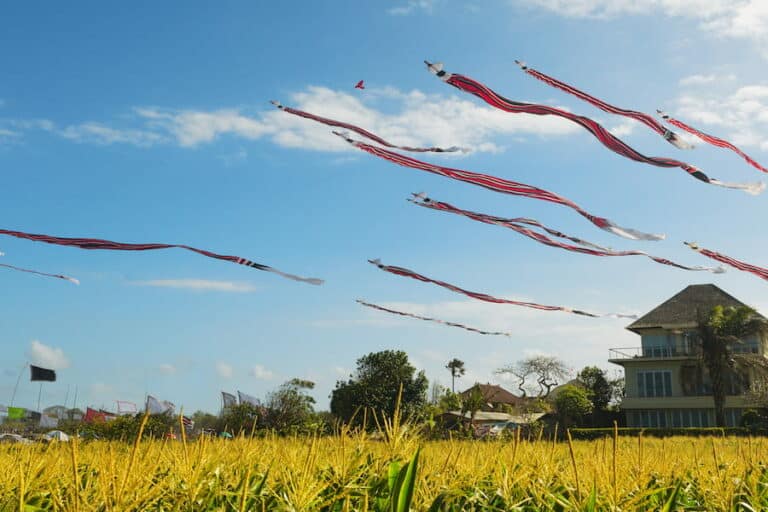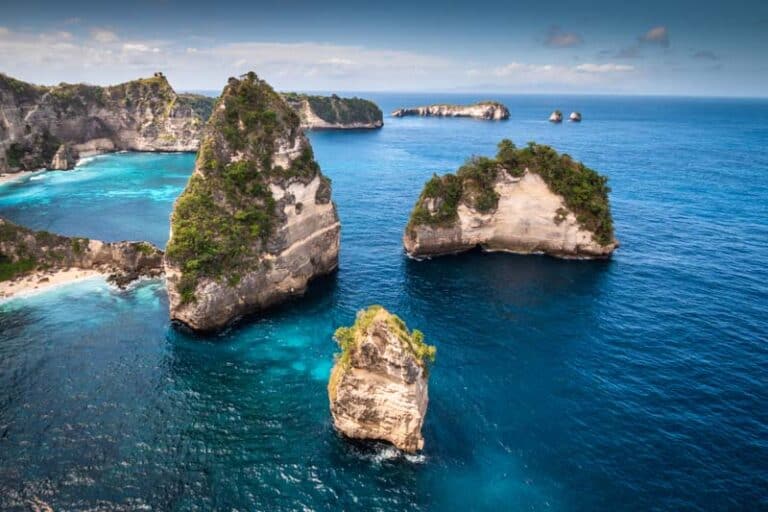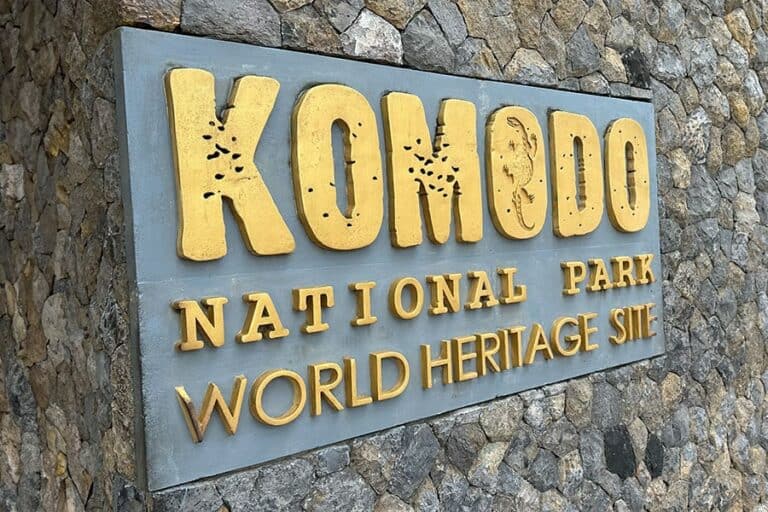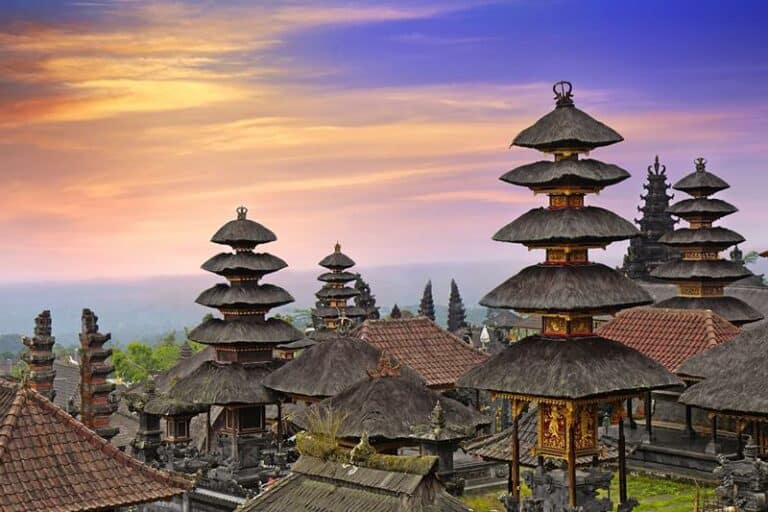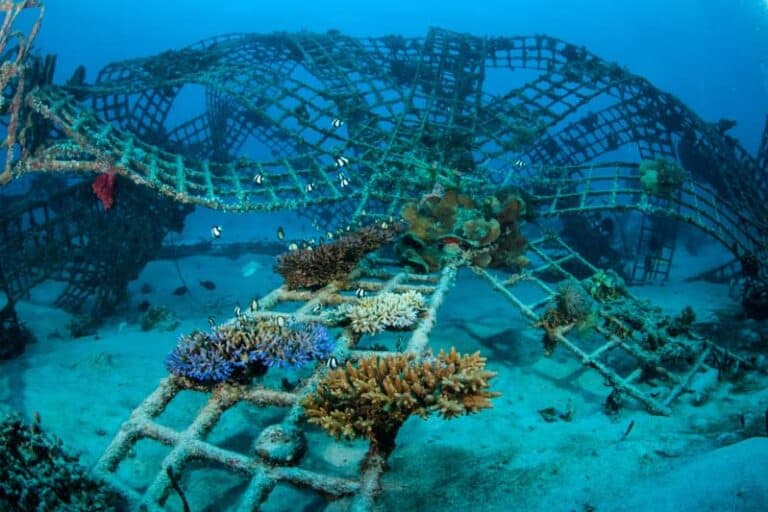Yogyakarta is a bustling city that slowly but surely adapts itself to modernization. And yet, no matter how modernization catches up to Yogyakarta, it can never replace the traces of culture the city has. The candi (temples) in Yogyakarta are proof of such legacy, and some of them have legends that can rival some of the best tales in the world. Here are some temples in Yogyakarta you can check out.
Candi Borobudur
Candi Borobudur (Borobudur Temple) is one of the tourist and religious sites in Indonesia. The temple is visited by at least 2.2 million people every year, making it one of the most visited sited in the country.
There are hidden tales and moral lessons in every curve of the temple’s carving. The temple’s foot tells the law of karma (Karmavibhangga), while its walls depicted Buddha’s good deeds when he was a prince, as well as the birth of Buddha (Lalilavistara). The carvings also depict Buddha’s journey when he was searching for the ultimate truth (Gandavyuha) and other famous people in Buddhism (Avadana).
Besides relieving the philosophical concept of Buddhism, visitors can also see the sunrise in Borobudur. The most strategic spot to see Borobudur sunrise is at Puthuk Setumbu, one of the hills near Borobudur temple.
Candi Prambanan
If Candi Borobudur is all about Buddhism, Candi Prambanan (Prambanan Temple) is all about power and love. Well, at least according to local legends. The folktale claimed that the statue at the top of the main temple is Rara Jonggrang, Bandung Bondowoso’s unrequited crush who was also the princess of the enemy kingdom.
To reject Bandung Bondowoso’s bothersome proposal, Rara Jonggrang told him to build 1000 temples and two wells in one night before the sunrise, when the roosters’ crow. Little did she know that Bandung Bondowoso has his spirits of an army who aided him at building the temple.
When Rara Jonggrang took a peek, she was terrified; the loathsome man was already on his way to building the 1000th temple. Panicking, Rara Jonggrang tricked the roosters with lamps and morning activities, making it seem as if it was already sunrise. When the roosters crowed, Bandung Bondowoso’s army escaped, thinking that it was already morning. Learning of Rara Jonggrang’s deception, the powerful prince was beyond furious. He cursed the princess, turning her into the statue that became the 1000th temple we call Candi Prambanan today. And such is the fate of Rara Jonggrang.
We don’t know if the folktale is real or not, but we know that the beauty of the temple is real. In Candi Prambanan, we can admire the meticulous carvings that tell the tale of Ramayana and the statues of Hindu deities.
Candi Plaosan
Candi Plaosan (Plaosan Temple) is another temple that holds a love story that is less tragic compared to Prambanan. Rumour has it that Candi Plaosan is an expression of love between Pramodhawardhani, a Buddhist princess, and Rakai Pikatan, a prince from a Hindu kingdom.
Despite the religious differences, the two married couples loved each other and led the kingdom to its glory. They expressed their love through the twin temples of Candi Plaosan. The main northern temple is decorated with reliefs that depict female figures, while the main southern temple represents male characters.
Whether the temples are made out of love or for a political truce, we’ll never know. But thanks to the couple, we can enjoy mesmerizing temples whose distinctive features are incomparable to other temples.
Candi Ratu Boko
Candi Ratu Boko (Ratu Boko Temple) is a temple not far from Candi Prambanan (Prambanan Temple). Local legend claimed that the temple was the lair of an evil giant who was defeated by King Boko, Rara Jonggrang’s father. The reason why such a myth exists is probably due to its distance with Candi Prambanan. Discoveries, later on, found no relation between the two temples.
Abhayagiri Vihara, an ancient inscription, mentioned that Mataram ruler Rakai Panangkaran wanted to create a spiritual refuge on top of a hill. Since his name was inscribed on the gate of the temple, historians assume that Ratu Boko is the refuge mentioned. The Buddhist temple has a hint of Hinduism, and it can be seen from the statues of Ganesha, Durga, and Yoni.
Candi Sewu
Not far from where Rara Jonggrang “resides” lies a temple that seems unfinished. The locals believe that it is the unfinished temple by Bandung Bondowoso. However, unlike the legend’s 999 temples, the complex has around 249 temples.
In reality, Candi Sewu (Sewu Temple) was built by Rakai Panangkaran and later on redeveloped by Rakai Pikatan. Despite the religious differences between Rakai Pikatan and Pramodhwardhani, his Buddhist wife from another kingdom, the merciful king did not forbid his people to embrace another religion. Candi Sewu was redeveloped for a religious center for Buddhism. This is why a Buddhist temple can stand near Candi Prambanan, which is a Hindu temple.
Candi Sambisari
In a breezy morning, a farmer hit a hard stone that has unique carvings on it. In that morning, in 1966, Candi Sambisari (Sambisari Temple) was discovered and then fully excavated after 21 years.
From the architecture and ornaments of the temple, historians believe that Sambisari is a temple dedicated to Shiva. In the east, visitors can see the statue of Ganesha. Durga resides in the north, while Agastya resides in the south.
Little is known about Candi Sambisari, as there is little to no remnant surrounding the temple once buried by Mount Merapi’s ashes. Historians predict that the temple was built during the reign of Rakai Garung, although its owner is still unknown. However, historians are still searching for the truth vigorously. The temple’s discovery makes archaeologists believe that there are other historical reliefs still buried by the volcano’s ashes.
Candi Kalasan
Candi Kalasan (Kalasan Temple) is another remnant of Rakai Panangkaran’s merciful side. It is one of the Buddhist temples built under his rule, developed explicitly for the worship of Shyama Tara.
Just like any other Buddhist temples, visitors can find the remnants of Bodhisattvas and Gana. The carvings of the temple depict Hindu deities and celestial palace of the gods. Unfortunately, the temple is not as well-maintained as other temples.
The temples mentioned above are only seven of many candi (temples) residing in many parts of Yogyakarta. They are the silent witness of civilization’s rise and fall and a part of Yogyakarta’s heritage that will never be erased no matter how long time passes.
